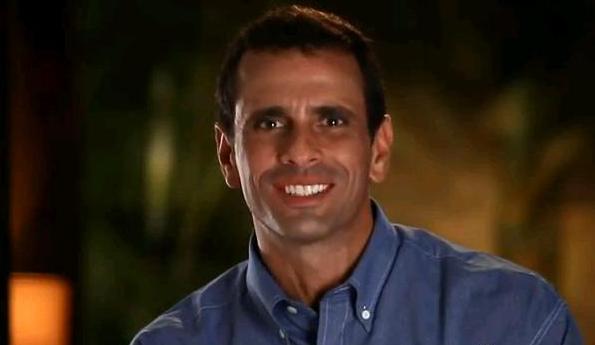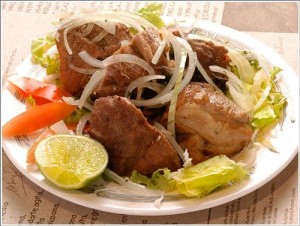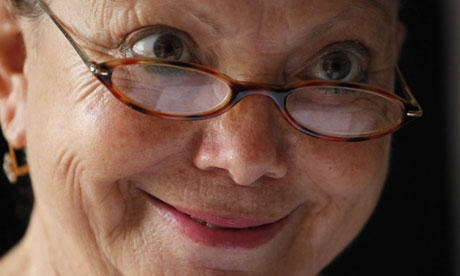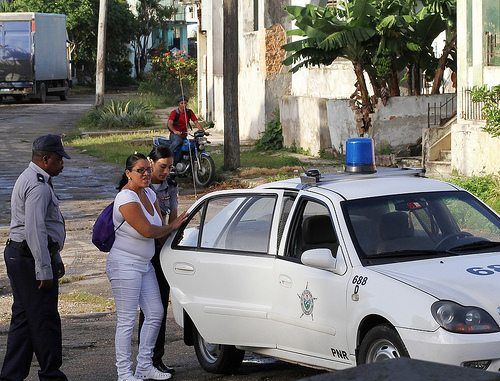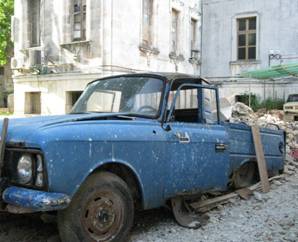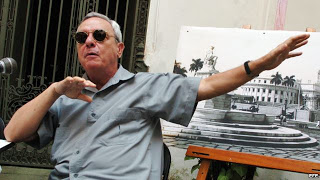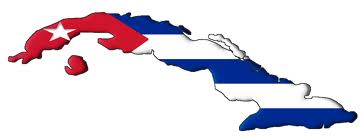
The sign is small, peeking out with a certain timidity over the balcony wall several yards above ground. A simple “For Sale” that would go unnoticed if it weren’t that in the apartment next door you can read the same phrase painted on a window. Two floors higher, the neighbors on the 6th floor have been more creative and have hung a piece of acrylic where they include the square feet available, to motivate possible buyers. But the sellers won’t have it easy. The building is ugly, grey, one of those built in the eighties under the “microbrigade” system. Many who read the classified on websites — such as Revolico.com and Cubisima.com — on arriving at the building don’t even knock on the door, because they can see it is one of those behemoths of concrete and bad architectural taste that were constructed during the years of Soviet subsidies.
The variety and quantity of homes for sale seems to exceed the real capabilities of Cuban wallets right now. Many homes have quickly come on the housing market that was banned for decades and, despite the need for housing, lacks the main prerequisite: money to buy them. It’s amazing to see properties for sale for a quarter or a half million convertible pesos, in a country where the average salary doesn’t exceed 20 convertible pesos a month. Hence, the greatest movement in buying-and-selling is taking place in the cheapest homes, which are, therefore, smaller, in worse locations, and in poor repair. Meanwhile, in the luxury residence sector everything goes more slowly, down, at the level of a room in a tenement or an apartment without windows the movement is quite noticeable, especially for all those people in the interior of the country who are taking advantage of the opportunity to get themselves a home, even if it’s just a few square feet, in Havana.
What is also interesting is the stark and pragmatic assessment that is made of each home for sale. The ads have become sophisticated, accompanied by photos and favorable descriptions of the house’s “good water supply,” its magnificent location in a quiet neighborhood, or the possibilities to enlarge it and build on the roof. But there is one qualifier that no one neglects to add if their housing warrants it, and that is “capitalist construction,” if it was built before 1959. There is a clear parting of the waters and implacable divide between that built before the Revolution and that which has risen during it. If the apartment building is from the decades of the 40s or 50s the price soars, while those apartments built by the microbrigades*, who raised their prefabricated towers during the years of Sovietization, are relegated to an inferior level of offerings. The housing market brings out — with all its toughness — a scale of values that is far from the official discourse and that reassigns a new amount to everything, an objective yardstick for measuring quality.
*Translator’s note: Microbrigades: “Self-help housing” through assigning groups of people from each workplace to build large apartment houses. Yoani, her husband Reinaldo Escobar, and son Teo live in a microbrigade building erected by Reinaldo and others from his workplace.
15 October 2012

